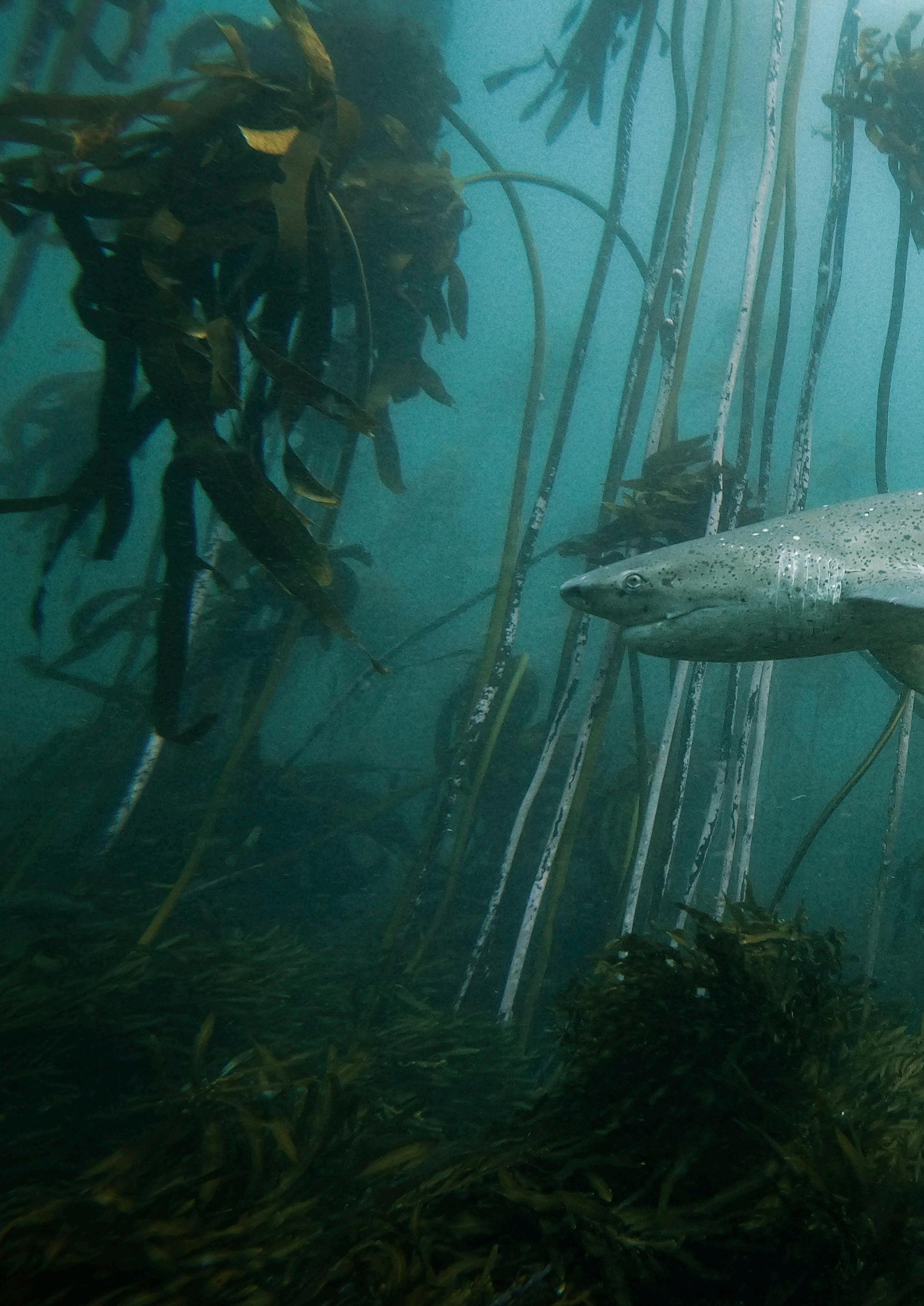
13 minute read
Opening to Nature
FEATURE AND PHOTOGRAPHY FAINE PEARL LOUBSER
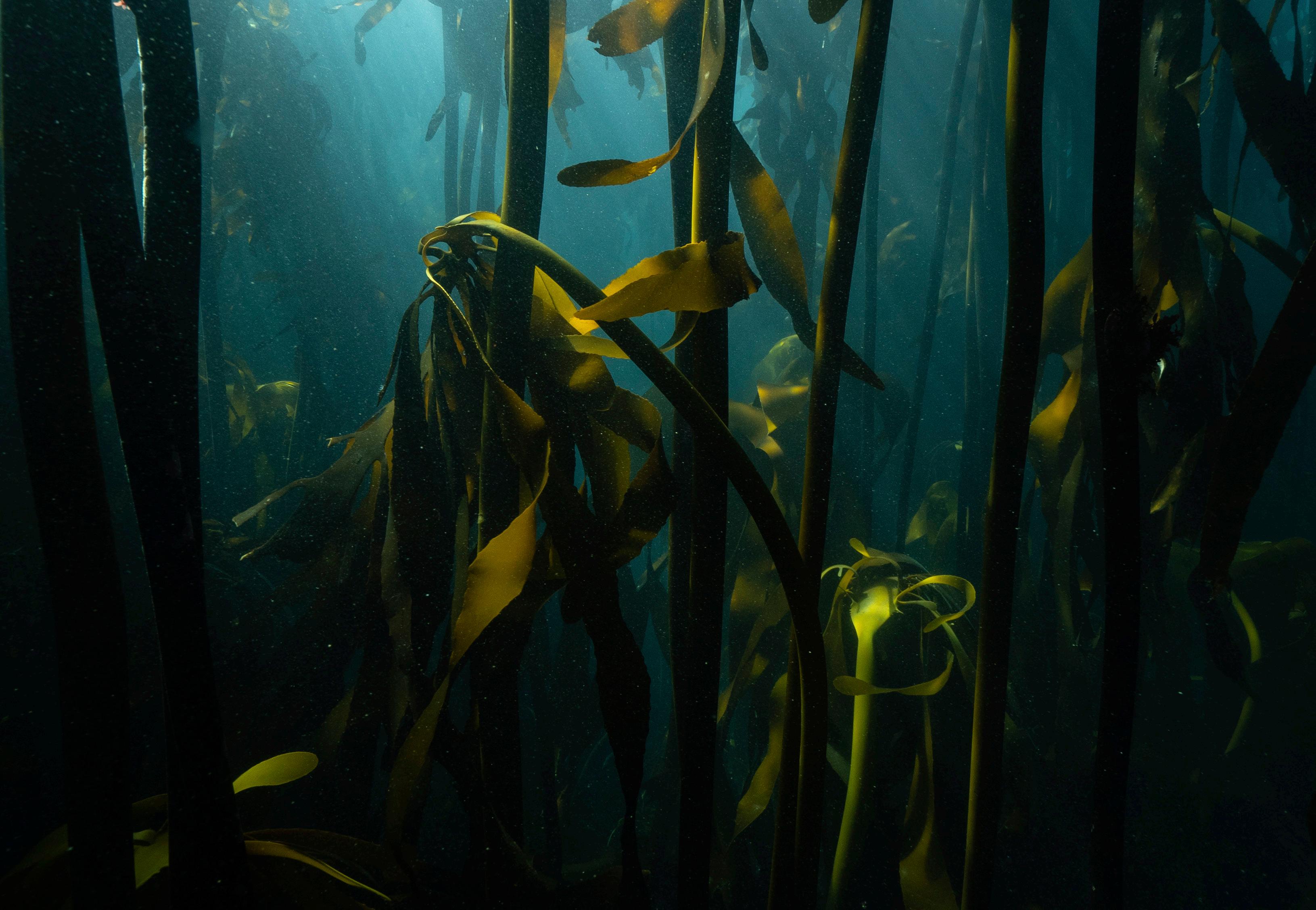
Four years ago, as a young aspiring filmmaker and photographer, I found myself in a position, I never imagined being in. I was 19-years-old and completely lacking inspiration. Over the past two years prior to this, I had built up a sizeable following on Instagram through my adventure photography, and it was for this that I was picked up as a brand ambassador for GoPro. To an outsider, things couldn’t be better, and technically speaking everything was going well. But I slowly found it harder and harder to find the same satisfaction that I used to get out of my adventures. I realised then, that the platform of Instagram, which had been so helpful in getting me to my goals as a creative, was now becoming a burden. Where my photography had once been a byproduct of the adventures I was having, it now seemed as if adventure was just a guise to hide what was actually commodification.
I had lost the intention to just explore and have fun, and instead there was only a superficial intention to capture what looked like adventure so that the world could double tap my image on Instagram so I could keep my sponsors happy. It got to the point where I hated posting on Instagram, but with duties to brands, I had to continue producing and sending out these “adventurous photos”. The irony was, I was living a life that, on the surface, so many people wanted to live, and I was hating it, hating it for its superficiality. With every photo taken, and every caption posted alongside, I fell deeper and deeper into a state of self-loathing, feeling like I was betraying myself but compelled by the allure of status.
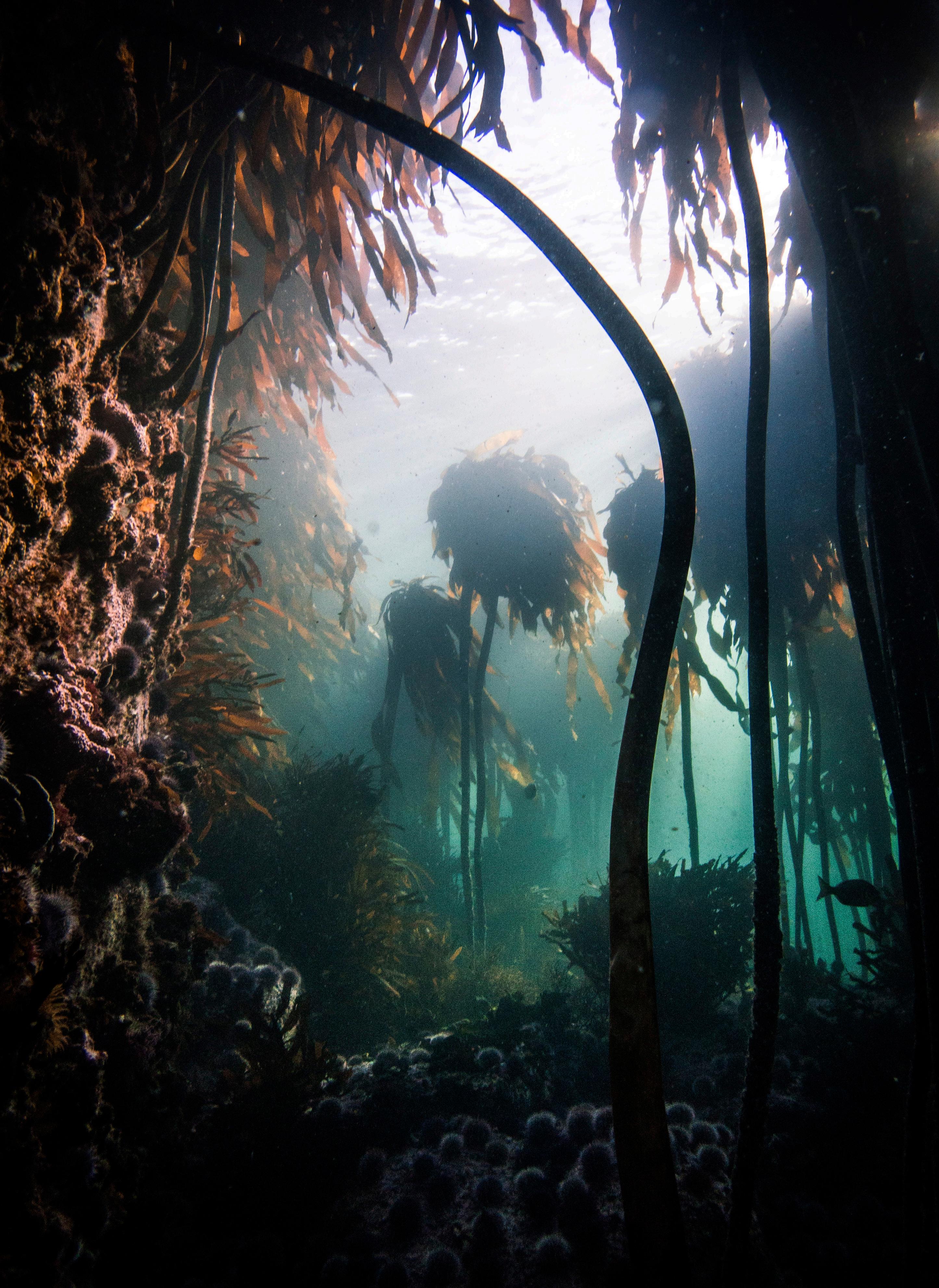
In amongst a kind of search for authenticity, I realised that despite all the superficiality involved in the chase of the next ‘adventure photo’, any time spent in the sea felt real. It was the one place where Instagram, or social media, or my phone or everyday stresses of normal life couldn’t reach me. It was also, oddly enough, the place that I felt safest.
Having grown up in the Cape Peninsula of South Africa with parents who loved the sea, my exposure to it conditioned me into having the confidence to explore this underwater world. The kelp forest, which for many, was something that felt scary, slimy and unknown, was something that felt like a safe haven to me. I think this in part was due to an experience I shared with my brother while on a camping trip up the West Coast of South Africa. I was about seven-years-old and my brother, five. We were swimming in a shallow, seemingly protected inlet, when all of sudden, the two of us were rapidly sucked out towards open sea. In a desperate attempt to prevent this from happening, I managed to grab onto a kelp stipe, and my brother grabbed onto my foot. An aerial view would have shown two tiny children dangling off a brown piece of algae, which was the only thing stopping us from being swept out to sea. Taking a glass half full approach, rather than being traumatised by a near-drowning experience, I just developed a deep-rooted, psychological feeling of protection from being surrounded by kelp. And so, feeling that some kind of realness lurked in the depths of my ocean experiences, I decided to pursue it further.
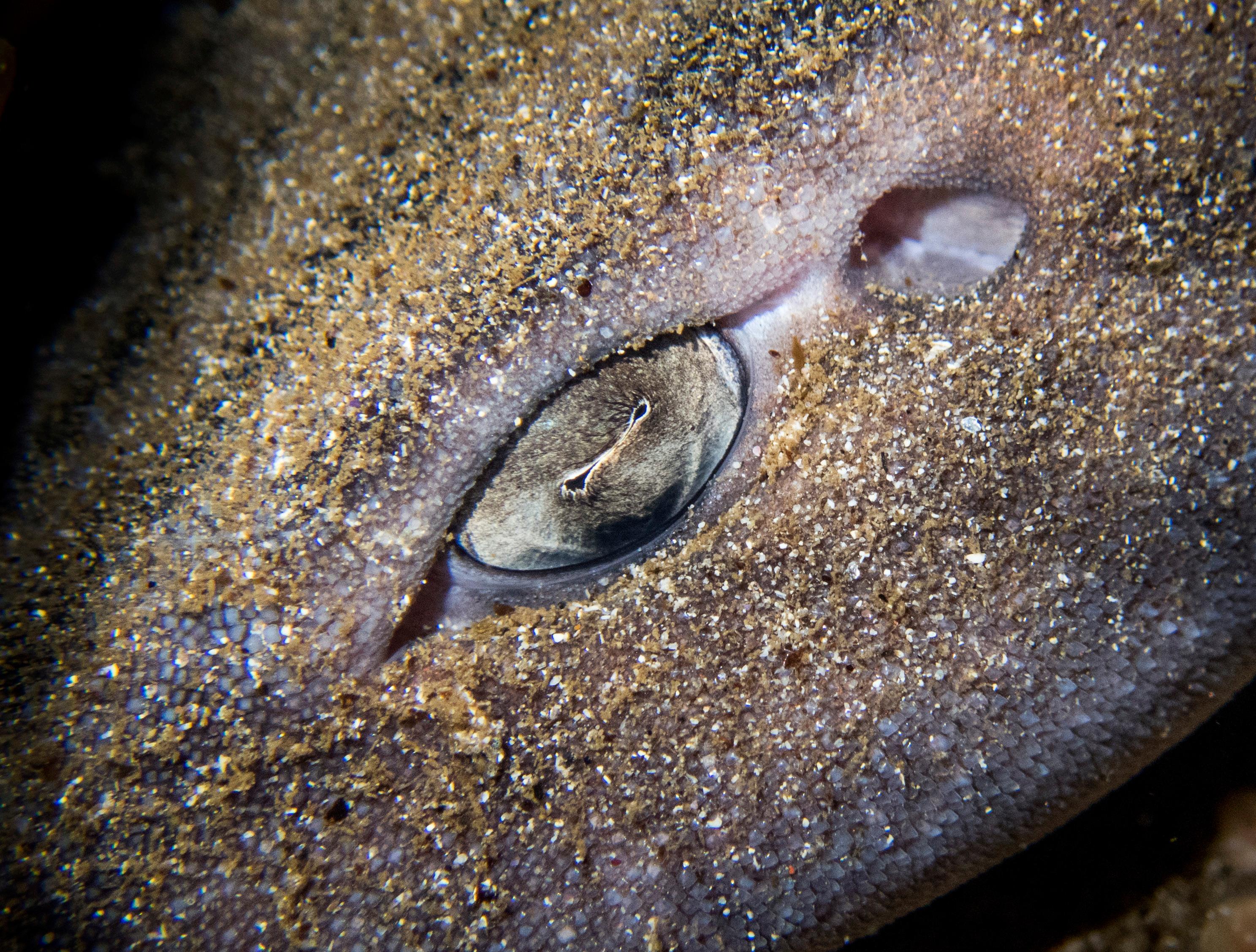
I reached out to the one person who I felt knew more about the sea than anyone else, and that happened to be Craig Foster. Craig is one of South Africa’s top documentary filmmakers, and fortunately for me, my dad and Craig have been friends since school, so I was incredibly lucky to have this access to him. For the past ten years, Craig has been diving in underwater forests along Cape Town’s coastline every single day, most notably, without a wetsuit. Through this, he has made incredible discoveries, from over 40 new behaviours to 5 new species. Drawn by his passion and knowledge, I sent Craig an email, asking whether I could join him for a dive. He responded saying “of course” and he then went on tell me that he’d be diving without a wetsuit, but that I was more than welcome to wear one. I took this as a loaded challenge, and thought to myself, “no it’s fine, I’ll go without a suit”.
The day arrived, and as fate would have it, it was grey-skied and cold, and the water looked as uninviting as it could possibly look, hovering at around 12 degrees Celsius. And yet, seemingly oblivious to this fact, Craig stood on the shore, bare-chested, wearing his diving shorts, and eager to get in, while I was wrapped up in my puffy jacket. I think he could sense my discomfort of the cold (it wouldn’t have been hard to realise it) and he told me to visualise lighting a fire in my chest. I tried, willing to use any and all means necessary to prepare myself. For a couple of minutes, it might have worked, but as soon as I entered the water, its iciness shocked my body and any fire in my chest was immediately quenched. “This is horrible,” I thought to myself. But I didn’t have a moment longer to think as Craig led the way, weaving through the kelp forest.
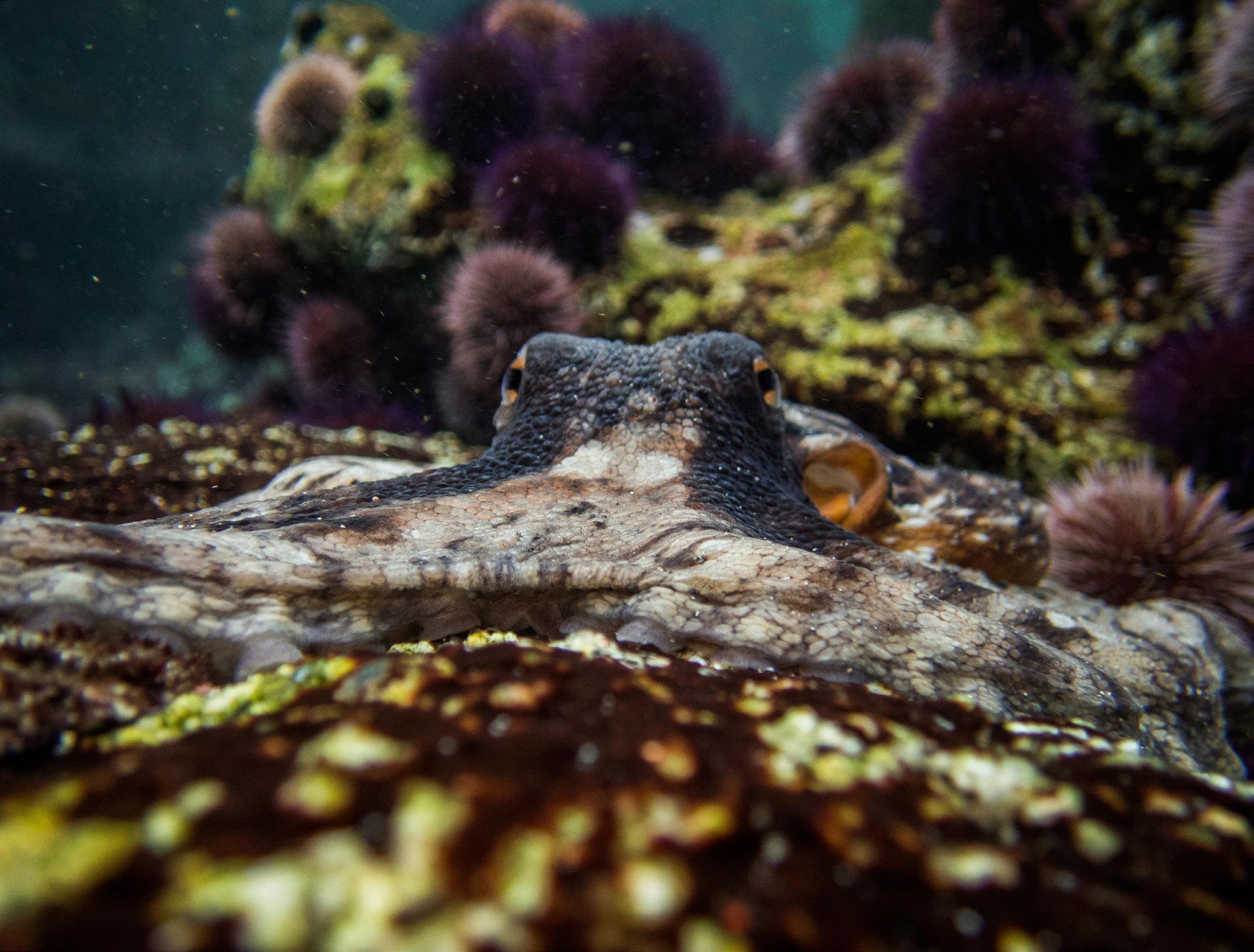
After a couple of metres, he came to a stop, dropped down and used his torch to look into a small crevice in the rocks. It was at this point that he motioned for me to come look. Curious, I dropped down to join him, and there lying in a crack not wider than my hand, were three striped pyjama sharks. We looked at them, and they, with glinting, galaxy-like eyes, peered back at us, seemingly unperturbed. I was completely amazed. Amazed not only by the beauty of these sharks, but amazed at the ease with which Craig was able to find them. He knew the forest in and out, the small signs and tracks left behind to the micro-habitats of all of these animals. As we continued moving through the forest, Craig would, with this continued ease, point out these incredible creatures. I was particularly fascinated by his apparent ease at finding the masters of disguise, the octopus.
From the surface, he was able to spot these magicians 8 metres below. I eventually asked him how on earth he was able to see these creatures, to which he responded, saying that the key wasn’t necessarily in spotting the octopus, but rather the tracks that it had left behind. I wanted to ask him more, but we’d started moving again, and so I dipped below the surface, eager to spot an octopus myself. We came to a stop once again, this time alongside a reasonably shallow underwater cave. Craig turned to me and told me that I should follow him down, but ensure that I kept my movements to a minimum. He showed me how to use the kelp as a way to pull myself down efficiently, and then grasp the stipe for stability. With that practice in mind, I followed him down, latching onto a kelp stipe while Craig swept his torch beam across the cave. A grey flicker of movement dashed across, and to my surprise, there in front of me, was a young spotted gully shark.

I have been snorkelling for much of my life, but in this one dive, I’d probably seen more and learnt more than I’d ever seen or learnt in my entire life. It felt as if I had been given a glimpse of an entirely different world, a world filled with magic. Except it wasn’t, it was reality, and the world that I was living in was superficial. As all of this ran through my mind, an hour in this icy water had come and gone, and I realised that I wasn’t even cold. I found that I actually enjoyed the freedom of this suit-less dive. Besides the obvious removal of a physical barrier, it almost felt like there had been an emotional barrier removed between myself and the forest.
I drove home that day with a feeling of such ecstasy that I burst into tears. Now, that ecstasy was in part due to the cold. The body responds to the cold in much the same way that it does to pain, and that is by releasing loads of endorphins, but it was more than that. It was this deep interaction and connection with nature that had left me in awe. And when I later thanked Craig for the dive and explained to him how I felt, he left me a message saying, “Times in the wild are the most real things we ever do, apart from time spent with loved ones. We are fully present, not a single thought of past or future, suspended in blue liquid meniscus, on the edge of a planet flying through space. We pass hundreds of thousands of life forms, a carpet of vibrating life, we are a semi aquatic air breathing primate in marine bliss.”
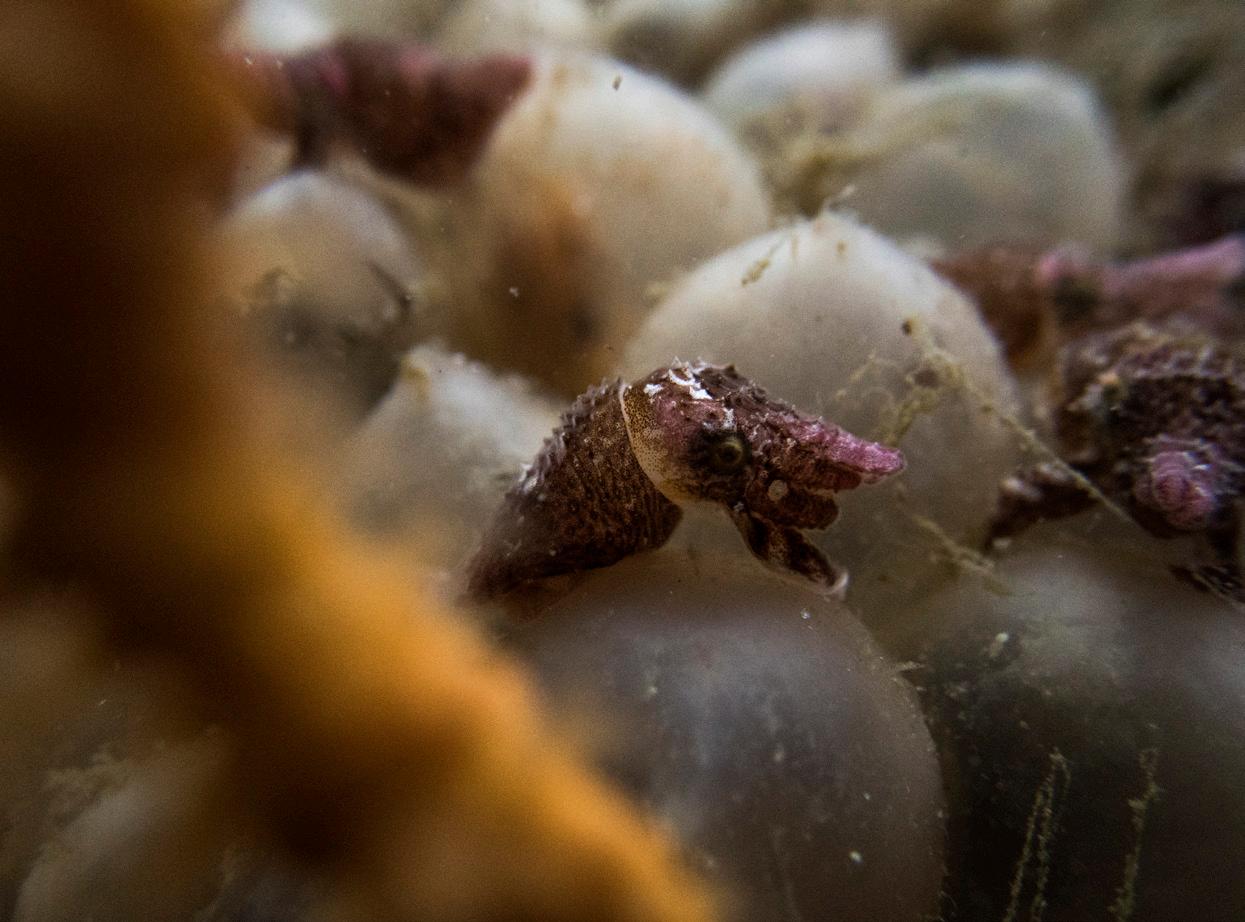
After the incredible high had subsided, I encountered a different emotion, one which I had never expected to feel, and that was a deep sadness. It saddened me knowing just how little I knew and understood about this underwater world despite having spent so much time in it, and it saddened me to know how I, along with most of humankind, saw itself as distinct and separate from nature. But, despite this sadness, I could feel a sense of excitement return, I could feel my passion and inspiration returning.
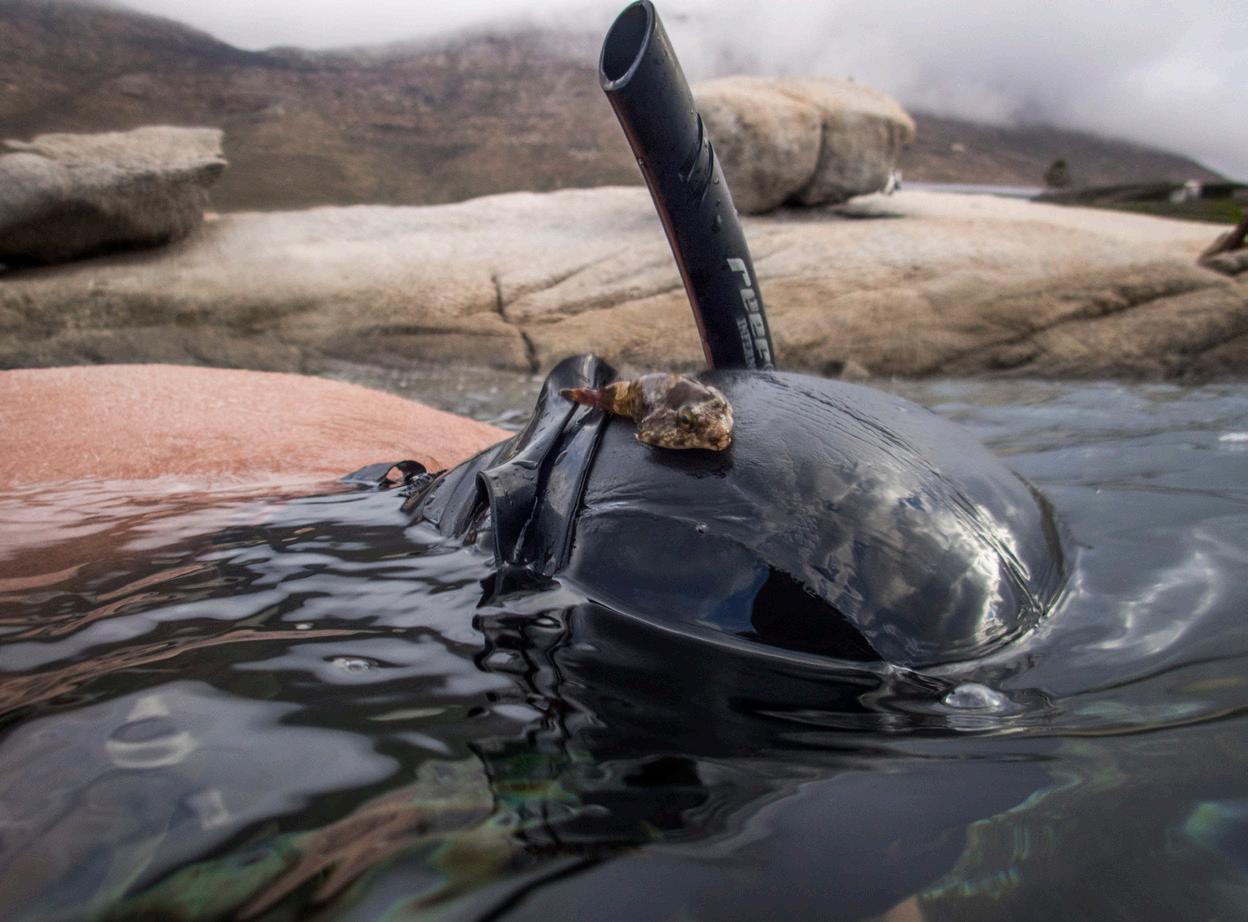
I have now been diving almost every single day for the past four years, and that initial awe still hasn’t left me. Instead, I have found myself becoming even more entranced by this sea forest. From watching the lives of two striped catsharks, one which succumbed to predation, and the other which hatched, to diving with whales, witnessing the mating rituals of common cuttlefish, and seeing tuberculate cuttlefish hatch in front of my eyes, watching a young rocksucker land on my hand, and then onto Craig’s head and staying with us for several hundred metres. Not every experience was easy though. There were some fairly scary experiences like swimming in rough seas with wind speeds of over 80 kmph in which masses of water were whipped up into the sky, driving me down the coast, to a near drowning experience of having to assist a friend in 500 metres out at sea. Yet, even in more difficult situations, each interaction was a process of slowly learning the language of the wild. It has been an incredible landscape for outward learning, but equally profound for my own inward learning.
Occasionally I have experienced fleeting yet paradoxically timeless moments when the boundary between myself and the world has suddenly dissolved, and the kelp forest and all its myriad creatures have become powerfully intertwined into my own self – where my exhale is matched by the exhale of a passing brydes whale, a fur seal and the push of the tide in one collective breath. Strangely, these moments have been dominated by experiences with cape fur seals. And as of yet, I’m still unsure why. From being included into a pack of seals who followed my every move, to dancing with a seal, being allowed to witness a seal hunt an octopus just a metre away from me, and finally, culminating in an experience I still have difficulty understanding, let alone explaining.

For maybe 10 seconds, although I find it hard to quantify the time, I entered into the mind of a seal. Somehow the playfulness and freedom of a passing seal I’d watched earlier, had filled my entire body. From the sounds to the movements… I felt I had no control, rather it was the mind of the seal guiding me through reality. I no longer had hands or feet, but flippers which propelled and swirled me through the water at a speed that didn’t seem possible in my human mind. Then, just as the seal I’d watched earlier had done, I popped up for air making the same distinctive seal sound. Rolling onto my back I extended my flippers to the sky, absorbing the warmth of the sun. And then, as quickly as the seal’s mind had made its presence known, it left… My hands and feet were mine. Curiously, immediately after, I remember trying to go back to the seal state, but I felt cumbersome and totally uncoordinated. I gave up, almost embarrassed that I’d even attempted to try. I had heard of people having strange therianthropic animal experiences, but it didn’t seem like something that would happen to me. In fact, I’d personally always been sceptical of these human-animal experiences, and, I would say that there is definitely still a part of me that is sceptical even of myself. But, when I told Craig about this experience, in an attempt to understand it better and maybe bring myself some sanity, he said that actually, what I had experienced wasn’t as strange as it sounds. He went on to explain that virtually all hunter-gatherer communities experience therianthropic forms and that it was a key aspect in altered state experiences and high-level tracking, in which the hunter enters the mind of the animal. Rock art across the world shows this in a very visual sense where the human form was often combined with the form of another animal. Even today, the animal-human form is something that has been embedded in our culture through stories like batman and spiderman. We have, through a society disconnected with nature, forgotten about these experiences, making them seem abnormal and otherworldly, and I think that this system of belief is so strong within me that I still struggle with the experience that I had, but one thing seems certain, the more you open up to nature, the more it opens up to you.
These experiences in nature have been hugely transformative for me in bringing back my inspiration and passion. And while, I initially shied away from social media, I have decided instead, to use it as a powerful storytelling tool for ocean conservation. I started working for Sea Change Project, a nonprofit founded by Ross Frylinck and Craig. Essentially, we are a community of scientists, storytellers, journalists and filmmakers who are dedicated to exploring the ocean, specifically this little stretch of coastline on the Cape Peninsula. We look to tell stories that we believe have the unique power to change opinions and behaviour, trying to raise the status of kelp forest, the great African sea forest. It is through these authentic, real experiences, being in touch with nature, that we believe we have the ability to create a shift in behaviour. After all you can only protect what you love, and you can only love what you understand and know.
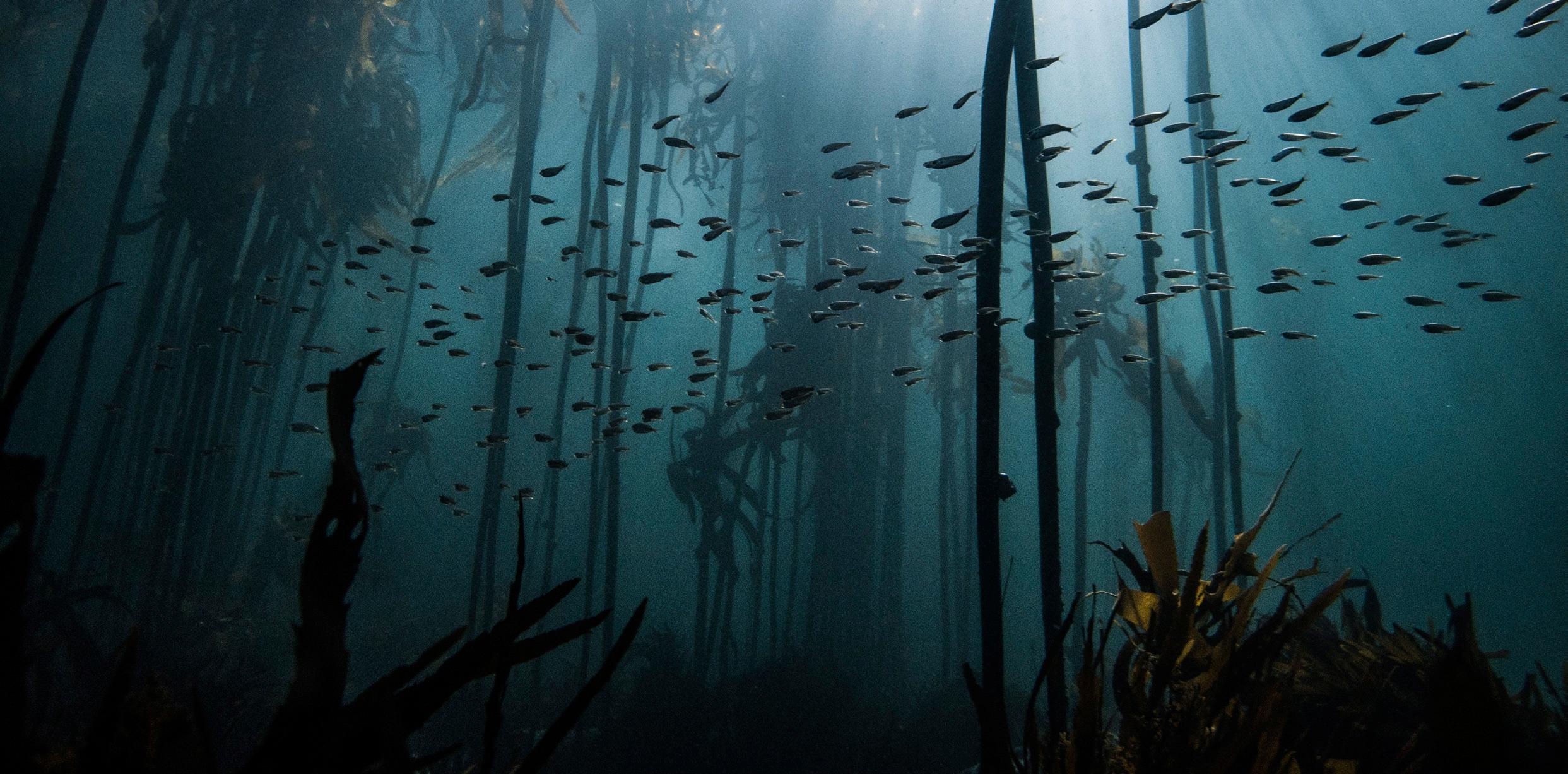
FOR MORE INFO, GO TO:
SEA CHANGE PROJECT Instagram: www.instagram.com/ seachangeproject/ Facebook: www.facebook.com/ theseachangeproject/ Website: www.seachangeproject.com
FAINE PEARL www.instagram.com/fainepearl/










